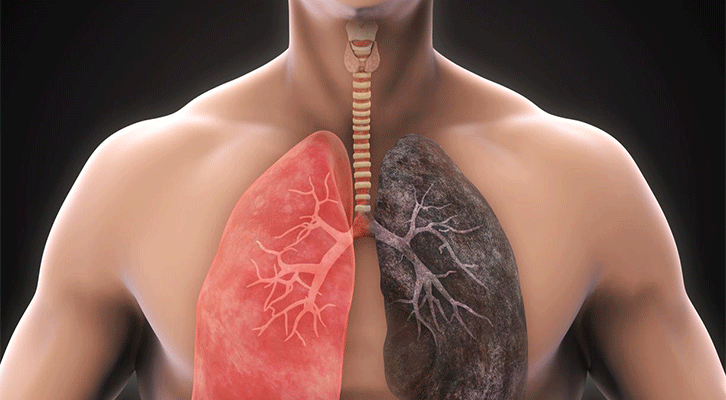
Lung Diseases
The lungs are an essential part of the respiratory system. When a person breathes, the lungs take in oxygen from the air and pump it through the body’s airways and air sacs. The oxygen is then absorbed into the bloodstream and carried to the heart via the blood vessels. There are three main categories of lung disease, and each affects the lungs in a different way
Airway diseases: .These conditions make it difficult for people to breathe in regards to airflow in and out of the lungs using the airways
Lung tissue diseases: These conditions make it difficult for the lungs to work properly and diffuse oxygen from the airways into the bloodstream.
Lung circulation diseases:These conditions affect the way blood flows from the heart to the rest of the body in order to deliver oxygen to the organs and tissues.
The Most Common Lung Diseases Include:
- Asthma
- Collapse of part or all of the lung (pneumothorax or atelectasis)
- Swelling and inflammation in the main passages (bronchial tubes) that carry air to the lungs (bronchitis)
- COPD
- Lung cancer
- Lung infection (pneumonia)
- Abnormal buildup of fluid in the lungs (pulmonary edema)
- Blocked lung artery (pulmonary embolus)
How To Protect Your Lungs?
- Do not smoke, or quit smoking. Avoid secondhand smoke.
- Try to reduce your exposure to pollutants in the environment, at work, and in your home.
- Exercise regularly. Aerobic exercise that increases your heart rate is best.
- Eat a nutritious diet.
- Get regular checkups with a doctor.
- Be sure to get a flu shot every year. After you turn 65, get a pneumonia shot.
- If you’re at risk for lung cancer, ask a doctor about screening options.
